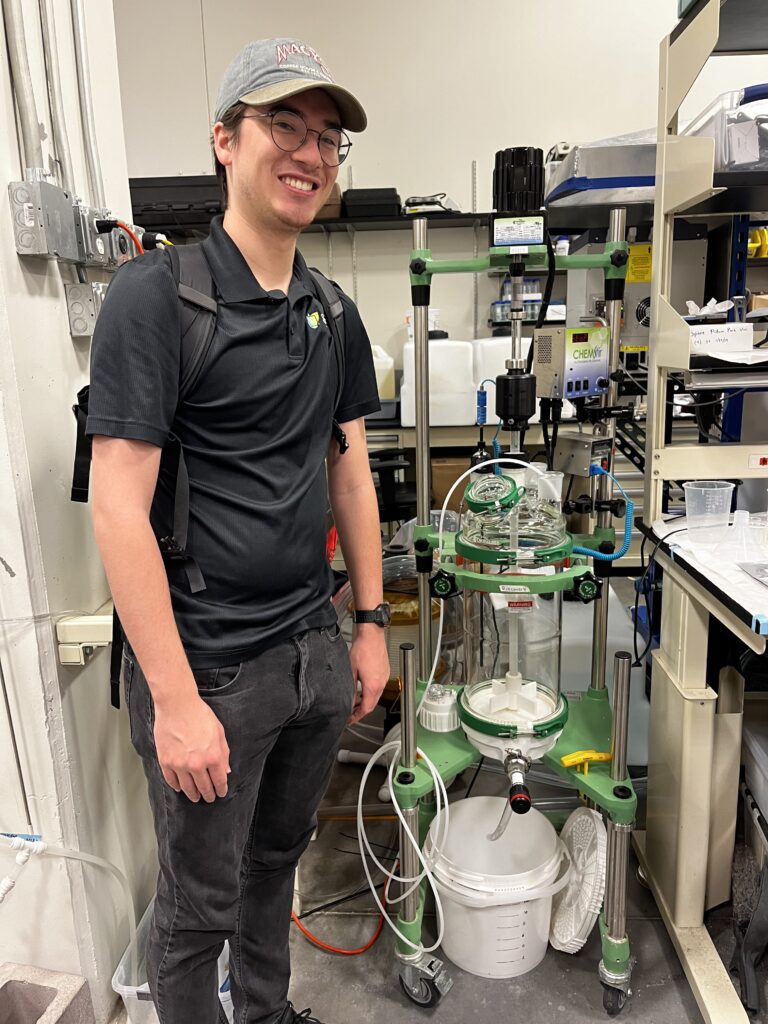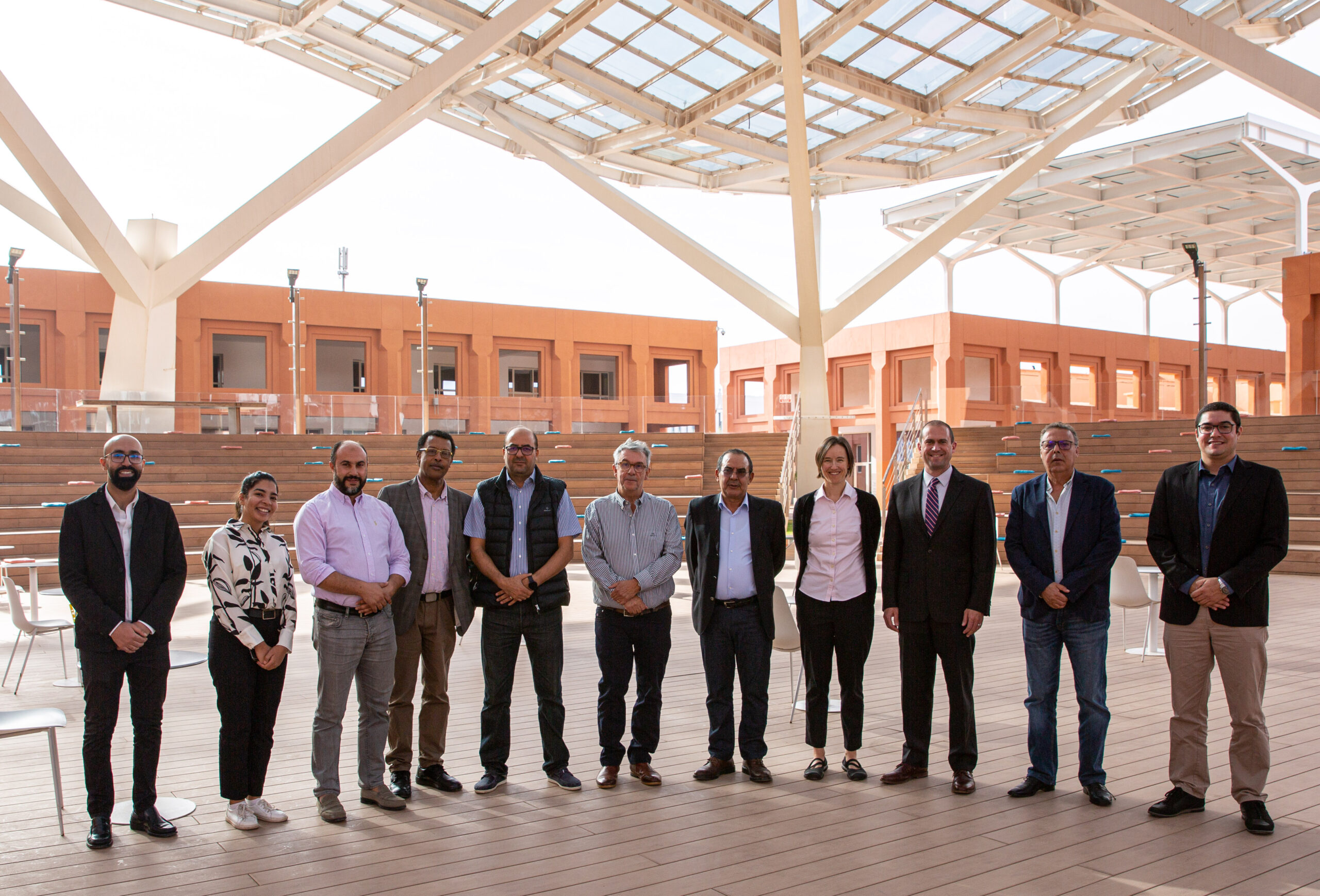New STEPS Publications on Urine Diversion for P Recovery

By: Ashton Merck
Two new publications from STEPS researchers focus on improving adoption of urine diversion systems, a promising innovation to promote phosphorus recovery through recycling of phosphorus in human urine. Urine diversion research serves the STEPS “25-in-25” vision for phosphorus sustainability by reducing dependence on mined phosphates and reducing P losses to the environment by diverting P from water resource recovery facilities (i.e., wastewater treatment plants).
These papers were led by two STEPS scholars: Lucas Crane, M.S., a Ph.D. student at Arizona State University, and Dr. Ashton Merck, a postdoctoral researcher at NC State University. These publications reflect the output of a unique collaboration between Dr. Treavor Boyer at Arizona State University, Dr. Khara Grieger at NC State University, and Dr. Anna Marshall at the University of Illinois-Urbana Champaign. These researchers collaborated to address the scientific and the social aspects of urine diversion adoption and implementation in the US. Urine diversion research benefits from a convergence approach that incorporates social-scientific perspectives on stakeholder perceptions and theories of technology adoption to consider how technical and non-technical barriers could affect implementation of urine diversion systems. Dr. Boyer, who has been researching water conservation for over 20 years, leads research on urine chemistry and operates a pilot urine diversion system on ASU’s campus. Dr. Grieger contributed her extensive expertise on risk governance, responsible innovation, and stakeholder engagement related to emerging technologies.

The first paper, “Benchmarks for urine volume generation and phosphorus mass recovery in commercial and institutional buildings,” was published in Water Research X in May (2024). This work lays out a set of criteria, or “benchmarks,” to identify the types of commercial and institutional buildings in the U.S. where urine diversion might be feasible and practicable. The research team found that urine diversion was most favorable in hospitals, schools, office buildings, and airports. This paper also describes steps that managers or decision-makers can take to perform similar analyses to identify the best locations to implement urine diversion in their community.
The second, “Researchers must address regulatory regimes to scale up adoption of urine diversion systems in the U.S.,” was recently published (July 2024) in Environmental Research: Infrastructure and Sustainability. This perspective provides a high-level overview of the relevant laws and regulations that affect adoption of urine diversion systems in the U.S.. This paper takes the reader on a journey through the entire system-of-systems related to urine diversion at building scale, from collection in restrooms in commercial buildings to beneficial reuse. By highlighting the array of local, state, and federal regulations that apply to aspects of collection, storage, treatment, and reuse as fertilizer in the U.S., this article helps scientists and researchers address regulatory hurdles to improve adoption of urine diversion in commercial and institutional buildings.
Both papers are publicly available now through open access licenses. You can also listen to a companion episode of the STEPS scholar-led podcast “PhosForUs,” in which Crane and Merck reflect on the key findings of these papers as well as on their personal and professional trajectories.
- Categories:



